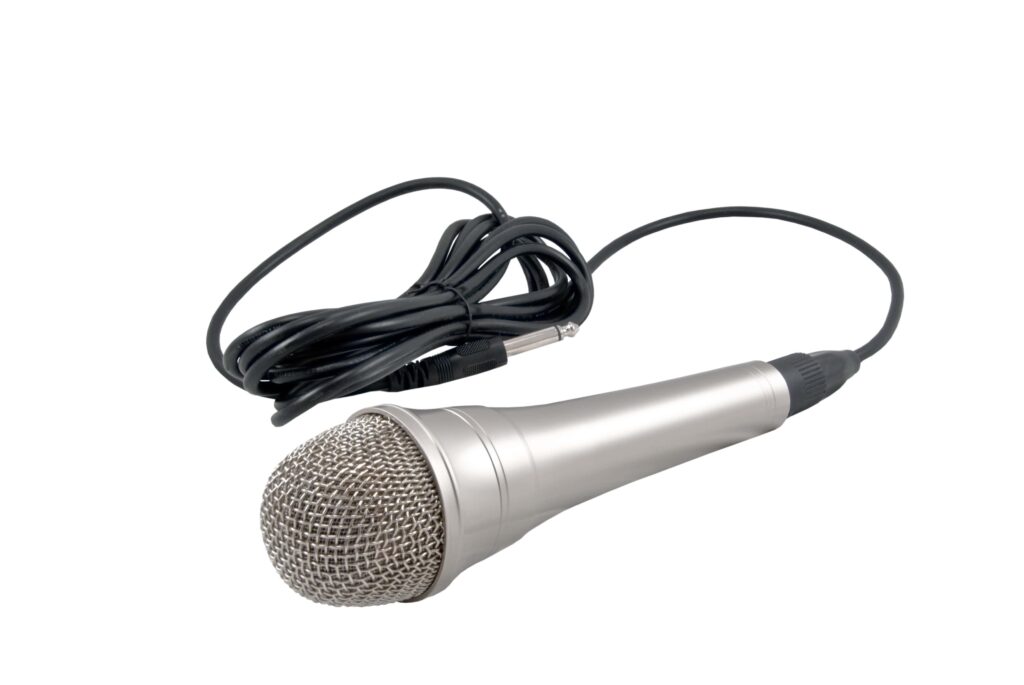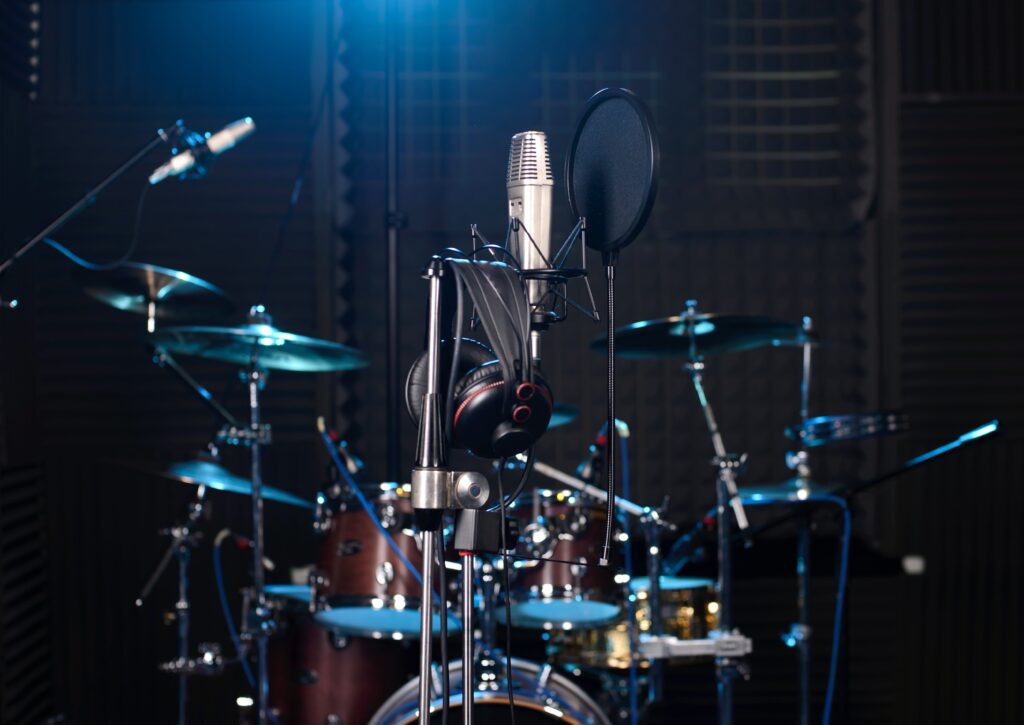A cardioid microphone, also known as a unidirectional microphone, is sensitive to sound coming from one direction while rejecting sound from other directions. This makes them ideal for use in recording and live sound situations where there is a need to reduce background noise and pick up sound from a specific source.
History of the Cardioid Microphone
The concept of a unidirectional microphone dates back to the early 20th century, with the first patent for a cardioid microphone being filed in 1927 by the Western Electric Company. However, it was in the 1950s that cardioid microphones became widely available for commercial use.
One of the early Inventions in the development of cardioid microphones was the German engineer Georg Neumann, who founded the Neumann microphone company in 1928. Neumann’s company produced some of the first commercially available cardioid microphones, including the U47 and U67, which became popular in the music industry due to their high quality and reliability.
Over the years, the technology behind cardioid microphones has continued to evolve, with manufacturers experimenting with different diaphragm materials and patterns to improve performance. Today, cardioid microphones are commonly used in many applications, including studio recording, live sound reinforcement, and broadcasting.
Polar Pattern of Microphone
The microphone’s polar pattern refers to how it responds to sound from different directions. Cardioid microphones are a type of unidirectional microphone that is sensitive to sound coming from one direction while rejecting sound from other directions. This makes them ideal for use in recording and live sound situations where there is a need to reduce background noise and pick up sound from a specific source. In this article, we will explore the cardioid polar pattern in more detail, including how it works and the various applications in which it is used.
The Cardioid Polar Pattern
The cardioid polar pattern is named after the heart-shaped curve formed when a microphone’s sensitivity to sound is plotted on a graph. This pattern is created when the microphone is sensitive to sound directions directly in front of its sound from the sides and rear.
The cardioid pattern is achieved through a directional diaphragm, designed to be more sensitive to sound coming from certain directions than others. This directional property is gained through sound waves that are in phase with each other, which creates a “pressure zone” in front of the microphone that is more sensitive to sound.
Several variations of the cardioid polar pattern include super-cardioid, hyper-cardioid, and subcardioid. Each design has a slightly different shape and sensitivity to sound coming from different directions.
Types of Cardioid Microphones
There are several different types of cardioid microphones, each with its unique design and characteristic features. Some of the most common types include:
- Dynamic Cardioid Microphones: These microphones use a moving coil to pick up sound waves and convert them into electrical signals. They are typically rugged and durable, making them ideal for live sound situations.
- Condenser Cardioid Microphones: These microphones use a thin, flexible diaphragm to pick up sound waves and convert them into electrical signals. They are more sensitive and accurate than dynamic microphones but also require a power source (usually a battery or external phantom power supply) to operate.
- Tube Cardioid Microphones: These microphones use a vacuum tube to amplify the electrical signals generated by the diaphragm. They are known for their warm, smooth sound and are often used in studio recording.
- USB Cardioid Microphones: These are designed to be connected directly to with computer via a USB port, making them easy to use. It could be Handheld Microphone or other with software such as digital audio workstations (DAWs) and recording programs.
Applications of Cardioid Microphones
Cardioid microphones are used in a wide range of applications, including:
- Studio Recording: Cardioid microphones are often used in the recording studio to capture the sound of individual instruments or vocals. They are particularly useful for isolating the sound of a specific source, such as a singer or guitar, and reducing the impact of background noise.
- Live Sound Reinforcement: Cardioid microphones are commonly used in live sound situations to amplify the sound of instruments and vocals on stage. They are particularly useful for reducing feedback and limiting ambient sound pickup from the audience or other sources.
- Broadcasting: Cardioid microphones are used in radio and television broadcasting to pick up the sound of the presenter or interviewer and reduce the impact of background noise.
- Podcasting: Cardioid microphones are often used in podcasting to capture the sound of the host or guests and any other audio sources (such as music or sound effects) that may be used.




